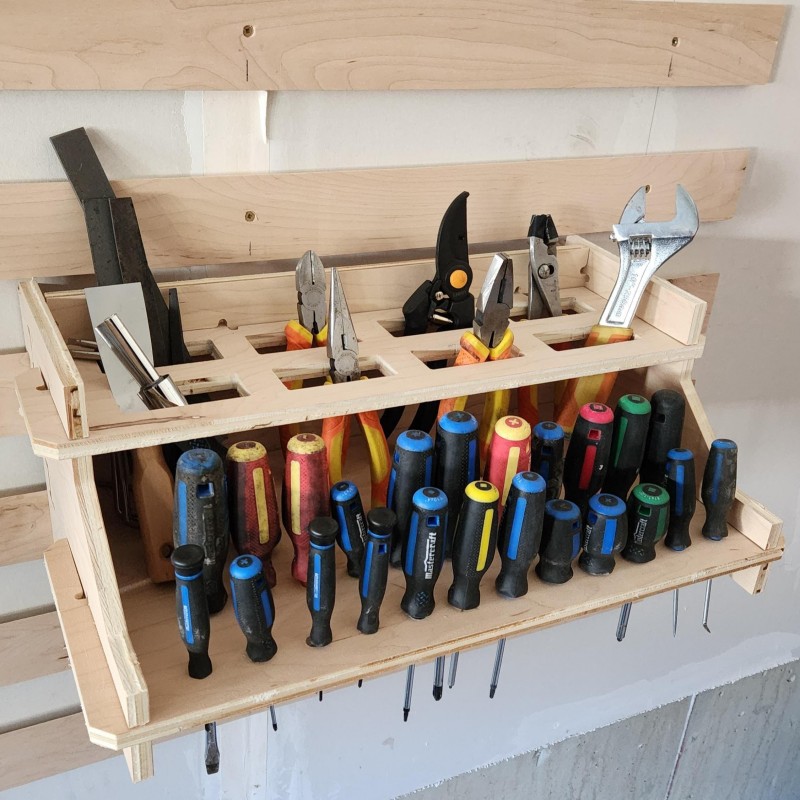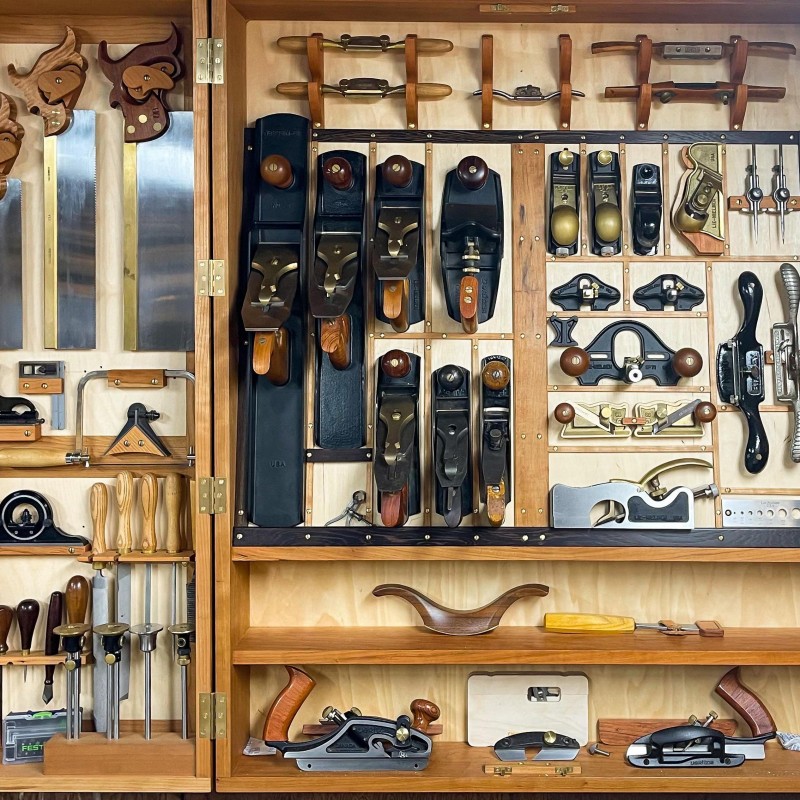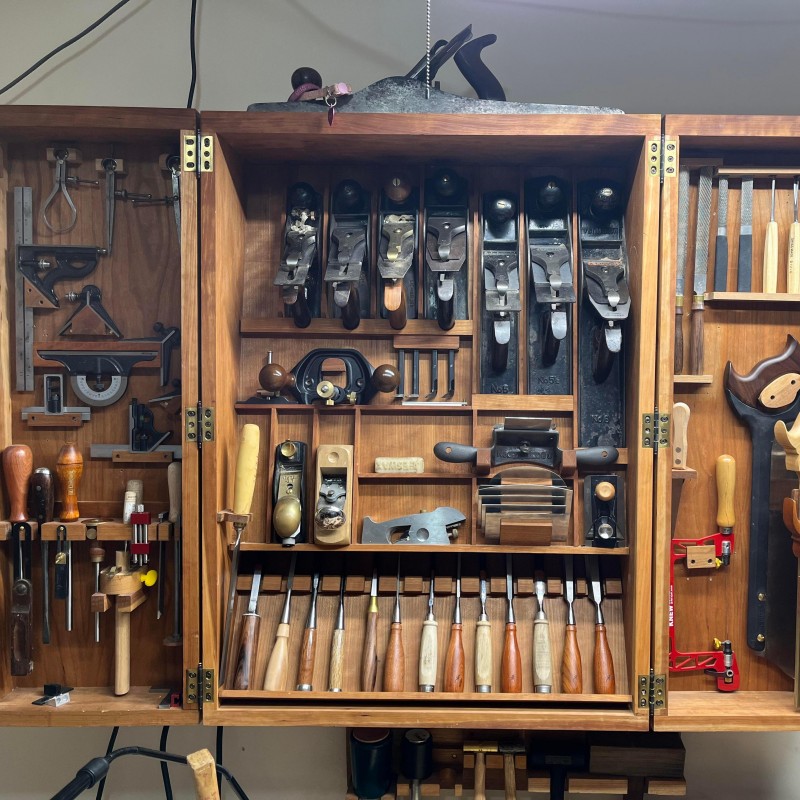
The world of electronics can be intriguing yet daunting, particularly when faced with malfunctioning devices. Whether it’s a smartphone that won’t charge, a laptop with a faulty screen, or a vintage radio in need of restoration, having the right tools is crucial. Hand tools for repairing electronic devices play an essential role in diagnosing issues, replacing components, and ensuring that your gadgets are functioning optimally. Using the appropriate tools not only simplifies the repair process but also enhances safety, minimizes damage, and extends the lifespan of your devices. This comprehensive guide will delve into the various hand tools essential for electronic repairs, their uses, maintenance tips, and best practices to help you navigate your repair projects with confidence and ease.
Understanding the Importance of Using the Right Hand Tools
When it comes to electronics, having the correct hand tools is crucial for multiple reasons. Using improper tools can lead to accidents, additional damage to the device, or even personal injury.
Safety First
Safety is paramount in any repair process, particularly when working with electronic devices.
- Avoiding Electrical Hazards: Many hand tools are designed specifically to prevent shorts and shocks, which can occur if the wrong tool is employed.
- Protecting the Device: Using the right tools minimizes the chances of damaging intricate internal components that are often fragile.
Efficiency in Repairs
The correct tools not only promote safety but also enhance efficiency during repairs.
- Quick Diagnostics: Tools designed for specific functions allow for faster and accurate diagnosis of issues.
- Streamlined Processes: Proper tools facilitate smoother operations, making the overall repair process less time-consuming.
Essential Hand Tools for Repairing Electronic Devices
Selecting the right hand tools for repairing electronic devices is vital. Here we explore an extensive list of must-have tools for any repair toolkit.
Screwdrivers
Screwdrivers are fundamental tools for accessing the internal components of electronic devices.
- Various Types: A variety of screwdriver types should be included in your toolkit, such as Phillips, flathead, Torx, and precision screwdrivers. Each type is suited for different screw heads commonly found in electronics.
- Ergonomic Designs: Selected screwdrivers should have ergonomic handles for comfortable use during extended repairs.
Pliers
Pliers come in various shapes and are essential for grasping, twisting, and cutting components.
- Types of Pliers: Common types of pliers for electronics include needle-nose pliers for precise jobs, locking pliers for a secure grip, and diagonal cutting pliers for trimming wires.
- Versatility: Pliers are invaluable for manipulating small components and assisting in tasks like removing solder.
Multimeter
A multimeter is critical for diagnosing electrical issues in devices.
- Measurement Functions: This tool measures voltage, current, and resistance, enabling you to evaluate the integrity of electrical components.
- Digital vs. Analog: Digital multimeters offer enhanced accuracy and ease of reading, while analog multimeters can provide a unique tactile feel.
Soldering Iron
Soldering tools are necessary for connecting electrical components securely.
- Heat Control: Look for a soldering iron with adjustable heat settings to accommodate various materials and tasks.
- Additional Soldering Tools: A soldering station or soldering kit may include solder wire, desoldering pumps, and solder wick, all of which enhance soldering efficiency.
Tweezers
Fine-tipped tweezers are indispensable for handling small components.
- Precision Handling: Tweezers allow technicians to manipulate delicate items without risking damage to other components.
- Grip Styles: Different styles of tweezers offer varying grips, providing options for different types of work.

Anti-Static Wrist Strap
Static electricity can be an enemy to electronic repairs, making an anti-static wrist strap a vital accessory.
- Protection Against ESD: Wearing an anti-static wrist strap grounds you and the device, preventing electrostatic discharge that could damage sensitive components.
- Easy to Use: These straps are simple to wear and can easily attach to your wrist and the equipment you are working on.
Heat Gun
A heat gun can be beneficial when working with heat-sensitive components.
- Usage Scenarios: Ideal for shrinking heat-shrink tubing, softening adhesives, or even desoldering components with heat.
- Temperature Control: Look for models with adjustable temperature settings for increased versatility.
Maintaining Your Hand Tools for Longevity
To ensure that your hand tools for repairing electronic devices remain effective over time, proper maintenance is essential.
Regular Cleaning
Taking the time to clean your tools extends their longevity and effectiveness.
- Removing Debris: Wipe tools down after use to remove dust, oils, and debris. A soft cloth or brush can effectively clean most surfaces.
- Drying and Storage: Always ensure that tools are completely dry before storage to prevent rust and corrosion.
Calibration
Tools such as multimeters should be calibrated regularly.
- Ensuring Precision: Regular calibration helps maintain accuracy, ensuring reliable measurements during repairs.
- Manufacturer Recommendations: Follow the manufacturer’s instructions regarding proper calibration techniques and intervals.
Proper Storage
Storing tools appropriately protects them from damage and prolongs their lifespan.
- Toolboxes or Cabinets: Invest in a sturdy toolbox or storage system to keep tools organized, easily accessible, and protected from elements.
- Avoiding Clutter: Keep tool storage areas organized to avoid misplacing items, which could lead to damage during repairs.
Best Practices While Repairing Electronic Devices
In addition to having the right tools, following best practices is essential for effective repairs.
Diagnosing the Problem
Before diving into repairs, thorough diagnosis is necessary.
- Systematic Approach: Take a systematic approach by troubleshooting problems through logical steps instead of jumping to conclusions.
- Documentation: Keeping a log of symptoms and steps taken can help trace issues effectively.
Follow Safety Protocols
Always prioritize safety during repairs.
- Unplug Devices: Before attempting repairs on electrical devices, ensure that they are unplugged and powered down.
- Workspace Organization: Maintain a clean and clutter-free workspace to avoid accidents. Removing unnecessary items reduces distractions and potential hazards.
Take Notes and Photographs
Documenting your repair process can help in future projects.
- Photographic Evidence: Consider taking photos of internal components before disassembly for easier reassembly later.
- Written Notes: Write down any unique steps or observations made during the repair for future reference.
Finding Quality Hand Tools for Electronic Repair
Selecting quality hand tools for repairing electronic devices is crucial for effective and safe repairs.
Researching Brands
Knowing which brands offer high-quality tools can guide your purchasing decisions.
- Top Manufacturers: Brands like Wera, Klein Tools, and Tektronix are known for producing durable, reliable tools for electronics.
- Read Reviews: Check online reviews and ratings on various products. Consumer feedback can provide insights into the durability and usability of specific tools.
Budget Considerations
Set a budget for your tools while keeping quality in mind.
- Invest in Key Tools: While some tools may be pricier, investing in high-quality foundational tools, such as screwdrivers and a multimeter, pays off in the long run.
- Avoid Going Cheap: While it may be tempting to choose the lowest-priced options, inexpensive tools often lack durability, resulting in frustration and wasted money.
Where to Purchase
You can acquire hand tools for repairing electronic devices from various retailers.
- Local Hardware Stores: Visiting a physical store allows you to assess the tools firsthand and get advice from knowledgeable staff.
- Online Marketplaces: Websites like Amazon and specialized online retailers can offer competitive prices and broader selections. Check for buyer reviews to evaluate quality.
DIY Projects That Use Your Hand Tools for Electronic Repair
Once you’ve assembled your toolkit, consider engaging in some DIY projects to solidify your skills.
Repairing Old Gadgets
Using your hand tools to restore old electronics can be a rewarding activity.
- Vintage Electronics: Work on outdated devices like radios or old gaming consoles. These projects often present unique challenges, enhancing your skills.
- Assessment and Parts Replacement: Many vintage electronic devices may need new capacitors or other components. Familiarize yourself with using your tools for assessments and replacements.
Customizing or Upgrading Devices
Modifying or upgrading your devices is a great way to apply your skills.
- Adding New Features: Use your tools to integrate new components into your existing devices. Whether it’s upgrading a RAM stick or adding LEDs, customization expands functionality.
- Connecting New Accessories: Experiment with connecting new peripherals or adjusting internal settings using your tools.
Creating Your Own Electronic Projects
Take your skills further by creating new electronic devices or systems.
- Build Robotics: Designing and constructing a simple robot can be a fantastic project. Apply everything you’ve learned about electronics and tool use in a creative way.
- Craft Custom Circuits: Getting hands-on with circuit boards to create unique applications can deepen your understanding, expanding your capabilities for repairs and DIY projects.

Conclusion
Hand tools for repairing electronic devices are indispensable for anyone looking to venture into the world of electronics. With the right tools, techniques, and understanding, you can troubleshoot, repair, and restore a variety of electronic devices with confidence. The benefits of using the correct tools extend beyond merely fixing items; they enhance safety, efficiency, and overall satisfaction.
As you gain experience, engaging in DIY projects will boost your skills while allowing you to explore your creativity. Always remember to prioritize safety and proper maintenance of your tools to ensure they remain effective for years to come. Whether you’re a beginner or an aspiring technician, embracing these principles will lead you to a successful journey in electronics repair. So, equip yourself with quality hand tools, learn through practice, and turn your repair aspirations into reality.




